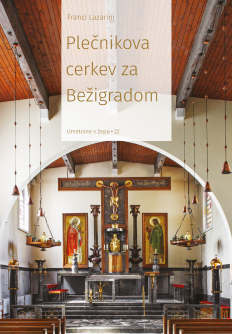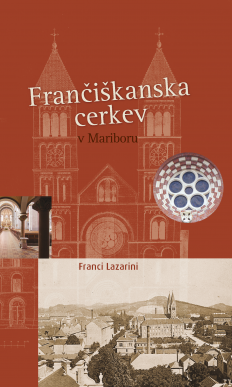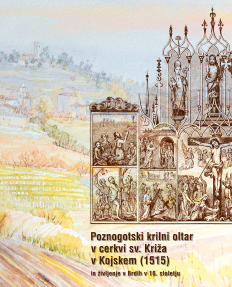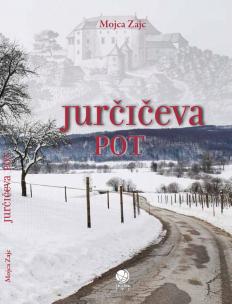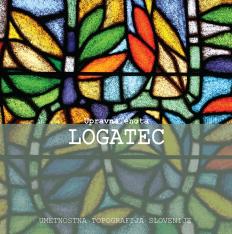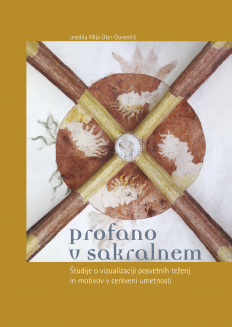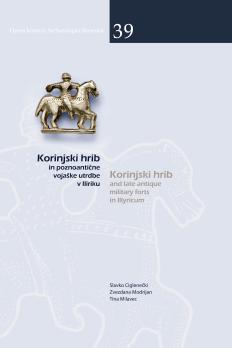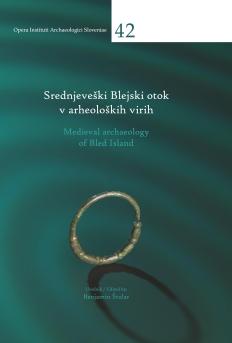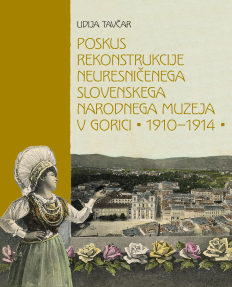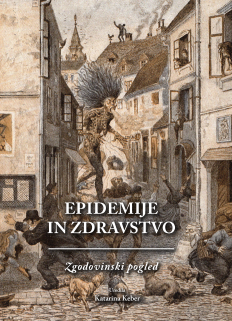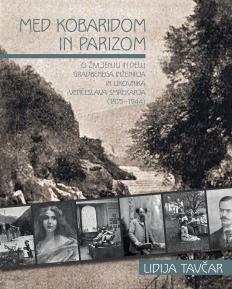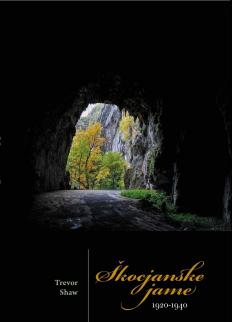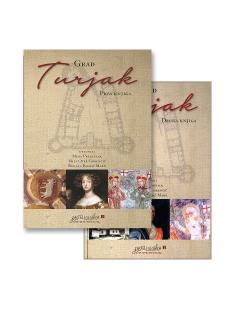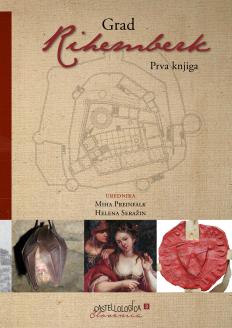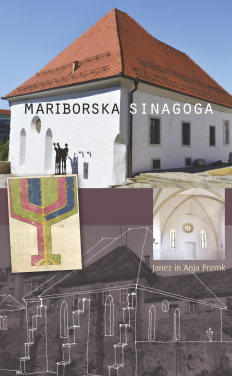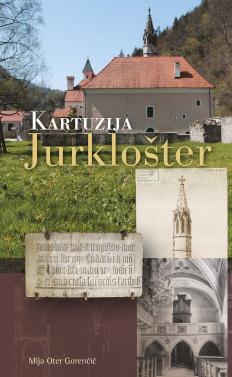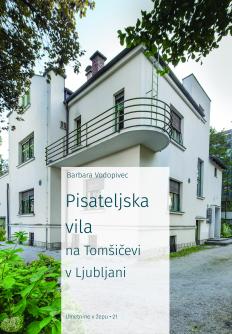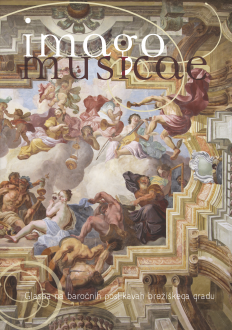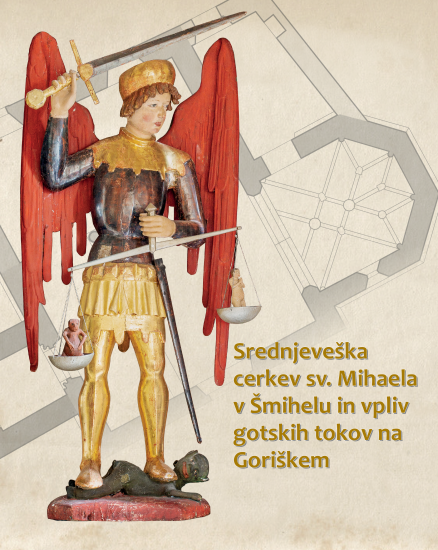
This scientific monograph, which focuses on a very rural part of the present-day municipality of Nova Gorica, brings to light another medieval jewel of Goriška, which, especially on this honourable anniversary, raises awareness of the cultural involvement of Goriška in the rich art-historical currents that significantly influenced the development of the area, which already in the late Middle Ages began to form a unified cultural-political space. It was the very permeability of Goriška, at the crossroads of many routes of trade, economic and cultural contacts, that influenced its susceptibility to develop into a single cultural space, which was divided only after the Second World War. To mention only the Furlan masters and Goriška painters, who left their mark on central Slovenia and vice versa, since Goriška was never a closed world. With new insights, the monograph opens up new horizons of Goriška's (historical) connection and involvement in Central European cultural currents, also towards the European Capital of Culture (GO 2025!).
The picturesque church, which found its patron in St. Michael - after which the small village of Šmihel above Ozeljan in the Šempas parish of Goriška was named, - situated in the middle of the southern slopes of the Trnovo Forest, the plateau bordering the north-western part of the Vipava valley, was first mentioned in written sources in 1471, which is why the recent 550th anniversary of its earliest mention was the occasion for further research, archaeology (Vesna Merc and Mitja Pergar), archival sources (Tanja Martelanc), church architecture (Robert Peskar) - which has further deepened the picture of the developement of Gothic architecture in the Goriška region - as well as the valuable church paintings, Gothic frescoes (Gašper Cerkovnik), which have been recently restored (Marta Bensa et al. ) have revealed a few unknowns in the iconographic programme of the paintings themselves, which was standard for the time, following Old and New Testament symbolism. The publication also includes a text on the symbolism of St Michael (Andrea Bellavite) and short notes on the Baroque altars of St Michael and St Blaise (Matej Klemenčič), as well as an appendix explaining the location of St Michael in relation to the Vipava valley (Marko Pogačnik) and the litho-puncturation stone by the sculptor Marko Pogačnik (Klavdija Figelj), which has been guarding the village since 2021. The church of St. Michael and its place in the historical context and cultural currents of the broader picture of the area (Gothic, Baroque), with an independent monograph and in-depth art-historical interpretation, thus receives another important illumination, which, through knowledge and preservation, enriches both the Gorizia and the wider Slovenian area, as it testifies to the hands of painters coming from the Susko-Bodeško-Prirela group of fresco painters, who worked on the western Slovenian ethnic border in the 15th century.
paperback 21 × 27 cm 136 pages
Keywords
church architecture | churches | gothics | history | medieval churches | Šmihel pod Nanosom